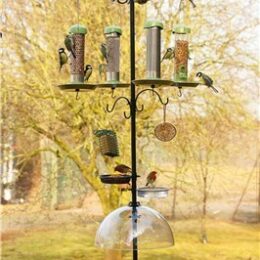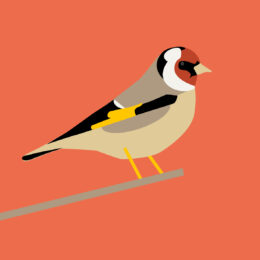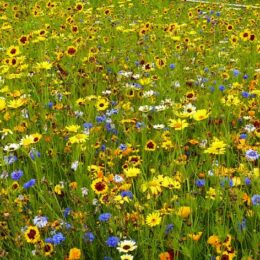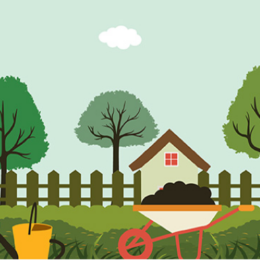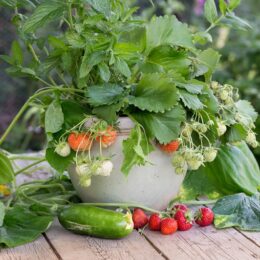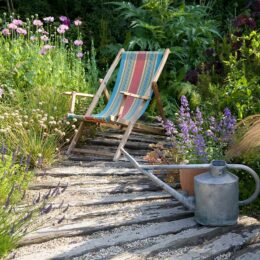Encouraging wildlife into the garden is an important element to gardening that is vital to help the protection and survival of many animals, birds and insects. Water is an essential element for all animal life to survive and many creatures choose to live in it for all or part of the year. Garden ponds are amongst the most important wildlife habitats that can be added to a garden and will attract birds, frogs and plenty of insect life.
A basic pattern to follow when creating a wildlife pond from scratch is to dig a deep centre; to allow deep water aquatics such as water lilies to flourish, with shelves at different depths for marginals and other aquatics. The style and shape of the pond can be adapted to suit its position and the aesthetic style of your garden.
Pond plants are essential to create the correct natural balance of nutrients in the water. Pond plants will fall into four basic groups; oxygenators, floating aquatics, marginals and deep water aquatics.
Submerged in the water oxygenators will photosynthesise, producing oxygen. This is essential for all animal life and will encourage beneficial bacteria that will help to keep the water clear.
Floating aquatics provide surface cover. Their roots are submerged in the water and their leaves and stems will float on top or just below the water surface.
Marginal aquatics are typically planted into boggy plant beds at a ponds edge or on a shallow pond shelf. As they develop they will crowd the edges of your pond, providing ornamental interest and protection and shelter for frogs and other creatures against predators. They should always be planted in mesh aquatic baskets to allow water and oxygen to freely circulate the roots.
Deep water aquatics help to maintain the waters’ balance of nutrients by absorbing large amounts of nitrates. They need to be planted several feet or more deep and their foliage with help to shade the water, providing shelter and keeping the water temperature cool. The most popular deep water aquatic is the water lily.
Tackling blanket weed
Blanket weed is a simple algae with long linking strands which form a blanket over the water surface, starving the pond of oxygen. Blanket weed will occur in ponds where the nutrient level has become unbalanced and too much nitrogen is present. Until pond plants have fully established themselves it may be necessary to get your hands dirty and rake out the weed to help control its aggressive spread. Once you have raked out the algae, leave the weed on the side of the pond for several hours before composting to allow any pond animals in it to get back to the water. To try and prevent blanket weed from returning you will need to try and reduce any excess nitrogen in the water. As well as maintaining a good level of plants, particularly oxygenators you can try an old traditional method of blanket weed removal with the use of barley straw. As the barley straw rots down it will release very small amounts of hydrogen peroxide which won’t kill the algae but will inhibit its growth. Combining this with raking it out should keep the weed under some control.



